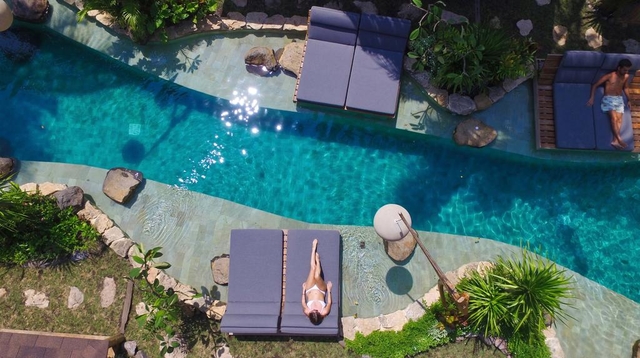
For most people who know a little about the Gili Islands in Indonesia, Gili Trawangan appears to be the liveliest and most bustling of them all. It's often referred to as the "party island," and some publications are quick to dub it the "new Ibiza." The parties typically happen in the eastern part of the town, near the harbor. However, when you venture to the north of the island, it takes on a completely different character. You find yourself in palm groves where the songs of birds fill the air. Even more unexpectedly, you can come across areas on Trawangan where eco-villas and resorts catering to lovers of "green architecture" are clustered.
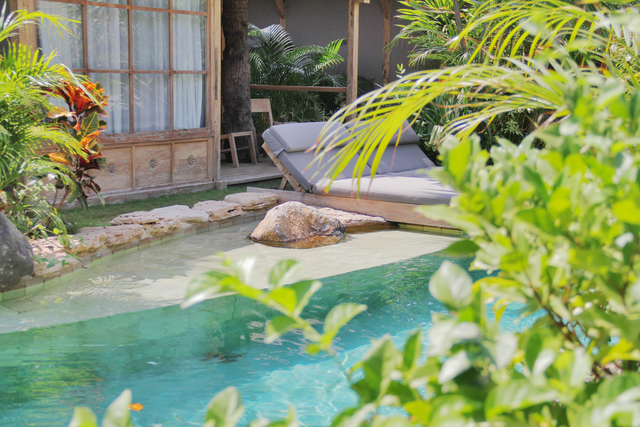
Kuno Villas are villas with history and love. They are located in the northern part of Gili Trawangan Island. "Kuno" in Indonesian means "ancient" or "antique." The entire resort of "Kuno Villas" was created from recycled wood, antique buildings, and household items.

Clive was involved in creating furniture at his factory in Java, "The Old Tree Company," and gained extensive experience working with wood, reclaimed wood, and ancient Javanese wooden houses and structures.
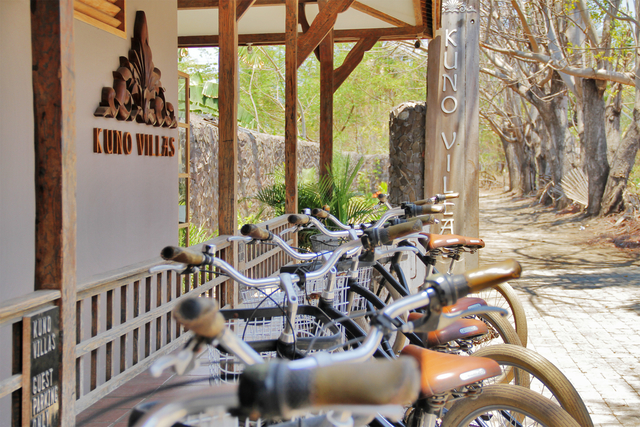
When he acquired a plot of land in the north of Trawangan, Clive's initial idea was to build something simple. Just two buildings facing the pool, with four bedrooms in each. Such a modest budget allowed for something like that. Clive garnered support from his business partners, his former Indonesian spouse, and a school friend, and he embarked on the project.
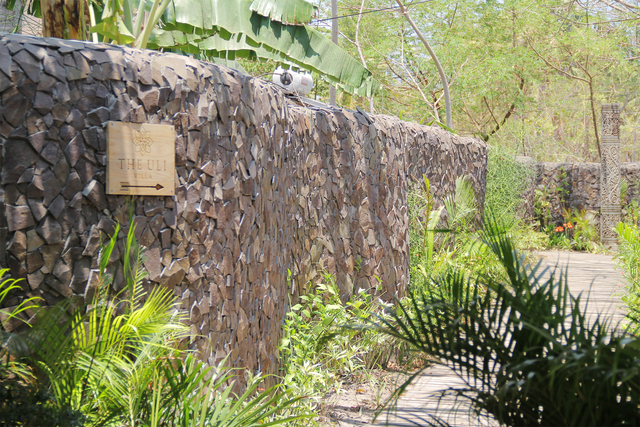
However, when the work was about to commence, and construction of the pool had started, Clive halted the project. At that time, he was known in Trawangan for producing top-quality wooden furniture and didn't want to tarnish his reputation by creating yet another standard, generic hotel that could be found all over the world.
He wanted a design that would be fashionable but also stand the test of time. Clive had a fondness for minimalism but was hesitant to create something minimalist out of fear that the buildings would look tired after a few years, requiring a redesign.
That's when the idea of building the hotel from antique Javanese joglo houses came to him. These houses were made from teak wood, which made them resistant to pests. Moreover, their design had remained largely unchanged for nearly two centuries, leading Clive to believe that time would not easily erode their charm.
Additionally, these wooden houses seamlessly blended with the atmosphere of the palm grove, filled with bird songs, as they were a part of nature themselves.
This project was more expensive than the initial plan, but it promised to attract more discerning guests. For the villa complex, antique Javanese noble houses were acquired, which had served their owners for about five generations. Each of these cottages was between 110 and 130 years old and was faithfully recreated in its original form.
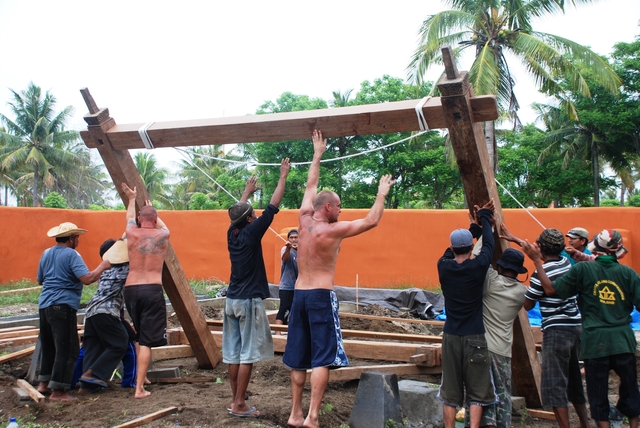
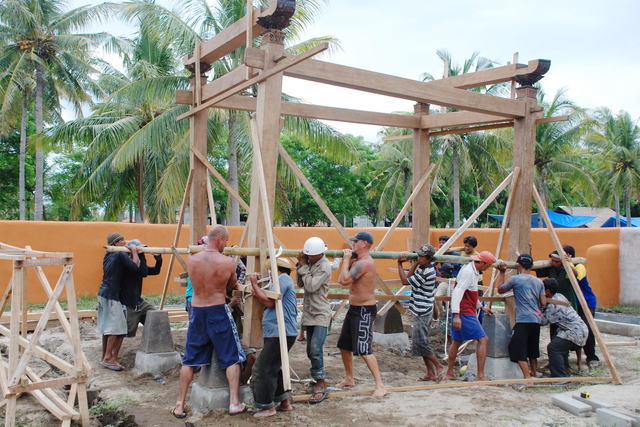
At Clive's furniture factory, there were already purchased cowsheds lying around, which were also decided to put to good use. In the end, they managed to assemble several cottages from them as well. They were no less elegant than the joglo cottages, perhaps just a meter shorter due to the peculiarities of the land plot.
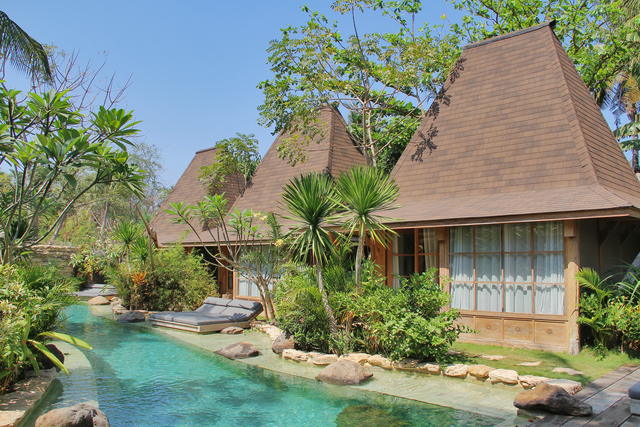
At Clive's furniture factory, there were already purchased cowsheds lying around, which were also decided to put to good use. In the end, they managed to assemble several cottages from them as well. They were no less elegant than the joglo cottages, perhaps just a meter shorter due to the peculiarities of the land plot.
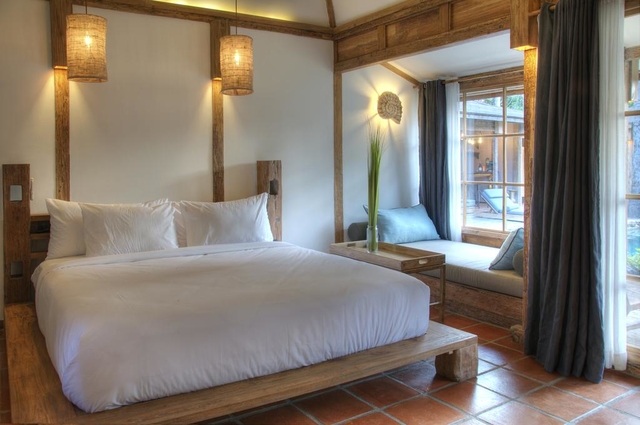
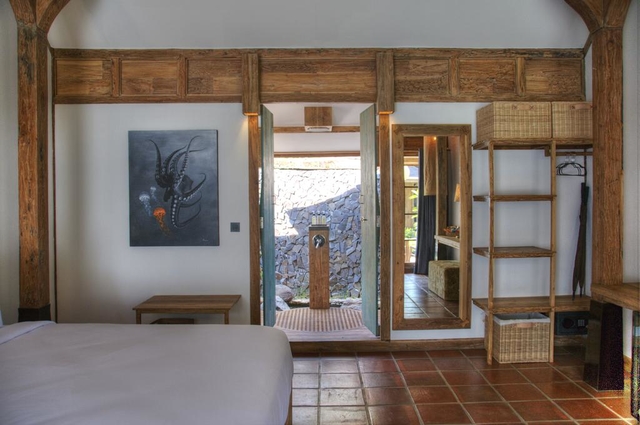
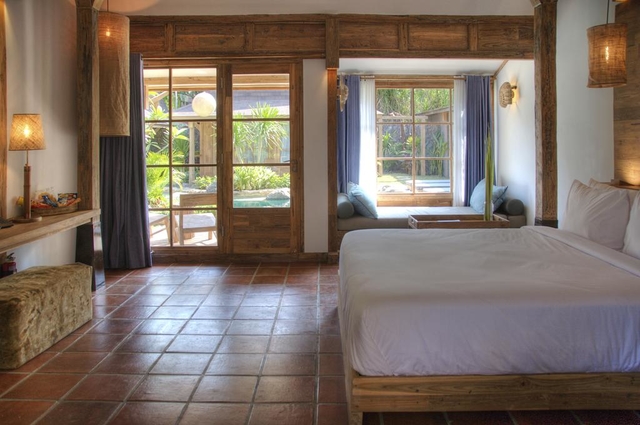
Clive took the rice barns, known as "grobok nasi," and transformed them into couches, dining tables, and kitchen tables.
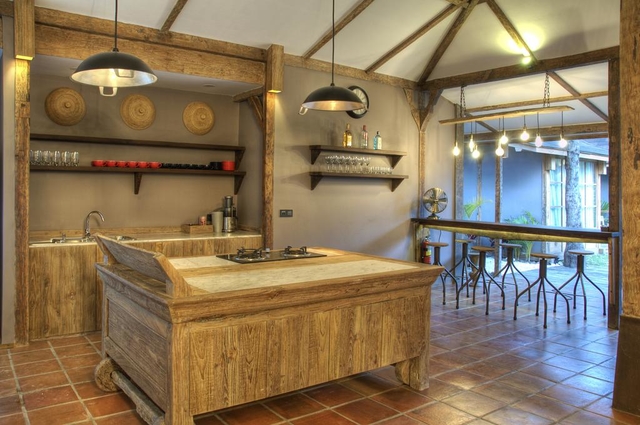
The lamps were made from Indonesian wok pans.
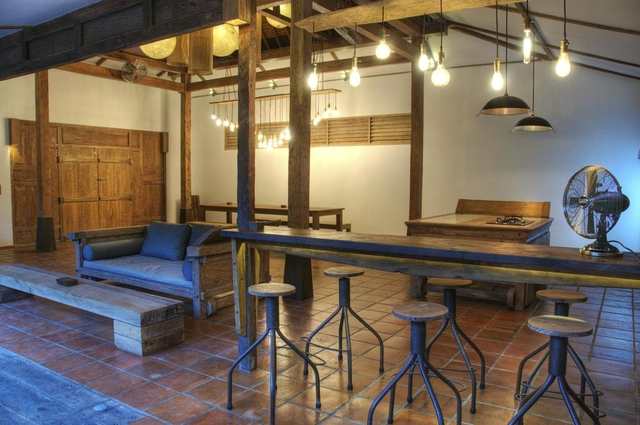
The plough used by Javanese farmers in ancient times to plough rice fields became a pillar for a garden lamp, resembling a full moon.
Two totemic columns with intricate carvings were once fragments of Indonesian fishing boats. After they were brought to Gili Trawangan, Javanese craftsmen covered them with patterns right on the villa.
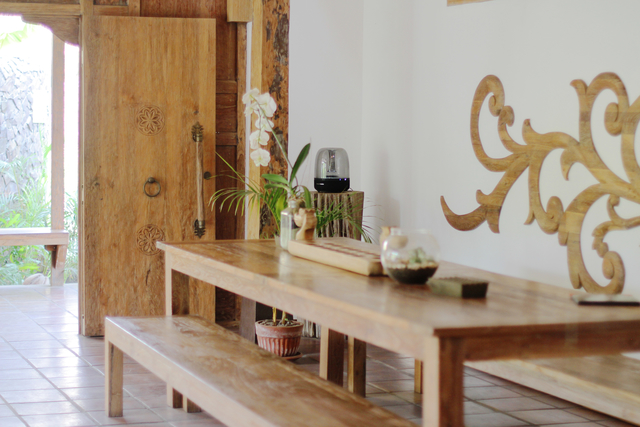
The attention to detail in the buildings and villa decor was because Clive brought his own craftsmen to Gili Trawangan, who initially crafted furniture in Java and were accustomed to working on smaller-scale projects.
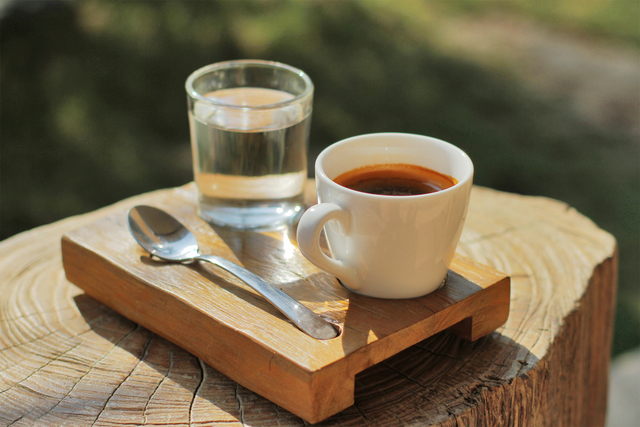

Clive was inspired by the idea of filling his villas with a maritime theme, as he was an avid diver. Now, in the open-air bathrooms of the Kuno villas, there are ponds with fish that you can feed while taking a bath. The fish food is thoughtfully provided right next to the pond in a bottle.
Giant clamshells, carved from pieces of wood joined together, adorn the walls of the villa.
All surfaces in the Kuno villas have their own texture and character. They have been treated using different techniques, and it feels like the villa truly comes alive.
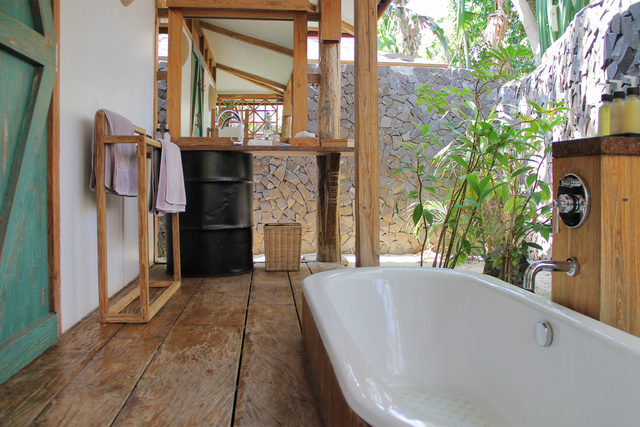
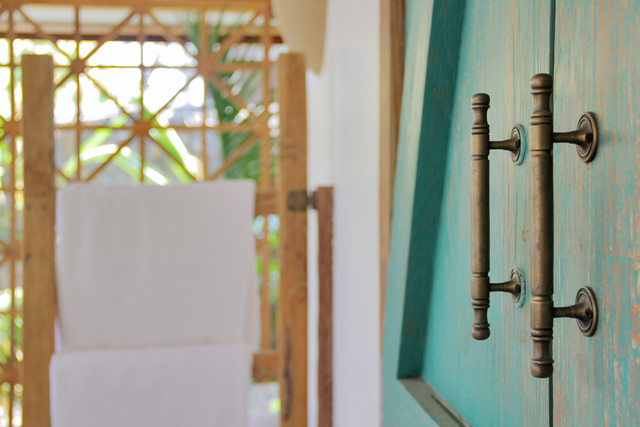
Most of the connections between logs and planks are done using traditional methods. However, even if bolts or screws had to be used in some places during construction, those areas were carefully concealed to maintain the aesthetic purity.
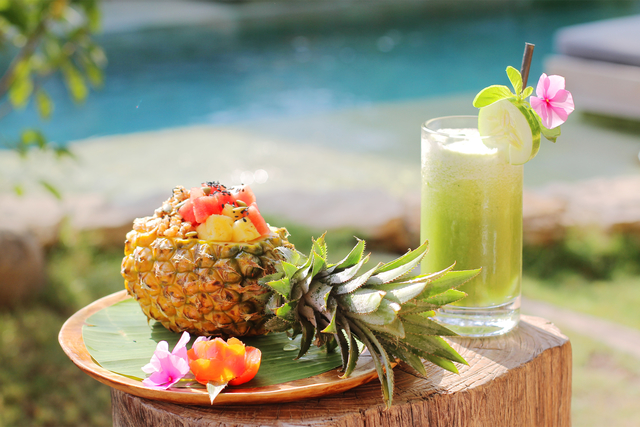
Clive does not consider himself an eco-warrior or activist. He simply followed his heart, his love for aquatic spaces, and his experience as a furniture maker to create something that can amaze guests who come to Gili Trawangan.
You can add one right now!